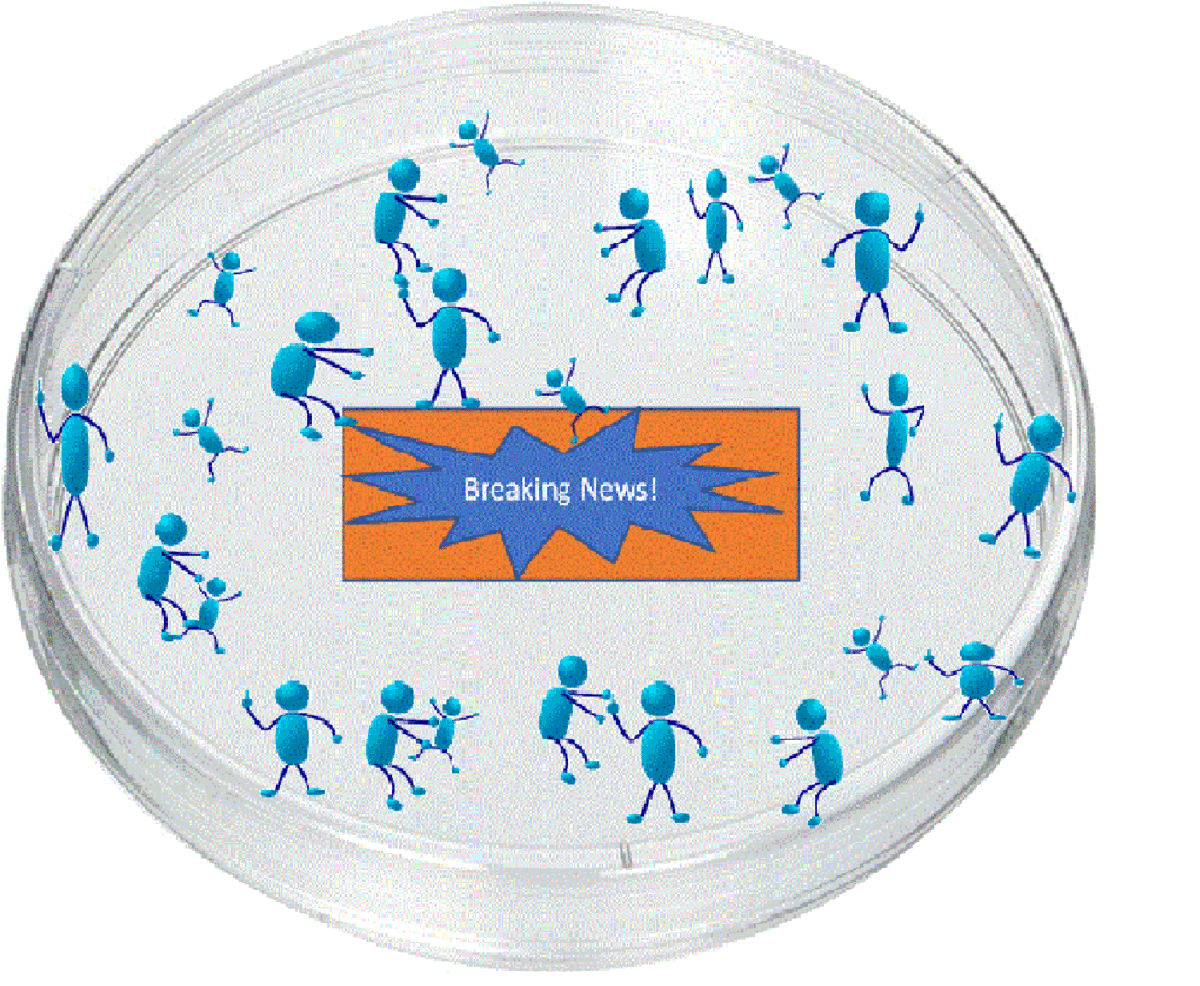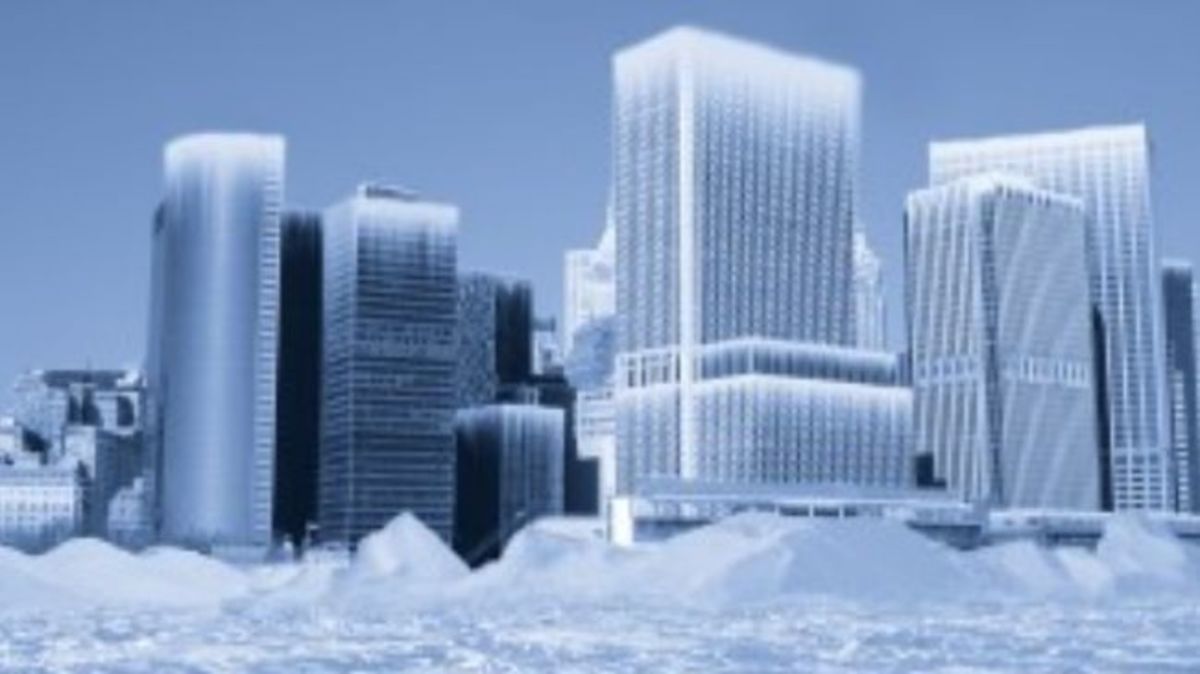Can Humans Survive another Ice Age?

Can humans survive another Ice Age?
Abrupt changes in temperature happen within decades or millennia giving much time for humans to adopt with the gradual change in the environment. After all studies have shown that for the past millions of years, the Earth has indicated a repeated cycle of earth’s climate going from warm phase to glacial environment.
James Croll’s theory in the 19th century and later on developed fully by Milutin Milankovitch in 1938 states that the orbital shifts cause the waxing and waning of ice ages. These periods of shifts are associated with the changes in the tilt of Earth’s rotational axis; changes in the orientation of Earth’s elliptical orbit around the sun called “precession of the equinoxes”; and the changes in the shape, more rounded or less rounded, of the elliptical orbit. Indeterminate Ice age conditions in general happens when all of the mentioned conditions work together to create a minimum of summer sunlight on the arctic regions of the earth, although the Ice Age cycle is global in nature and occurs in phase in both north and south hemispheres, it extremely affects distribution of ice over bodies of land and ocean, atmospheric temperatures and circulation, and ocean temperatures and circulation in the surface and in great depth (Joyce & Keigwin, 2009).
But the main question remains, can humans survive another ice age? Joyce and Keigwin (2009) reiterated that climate change from warm periods to glacier conditions are happening rapidly and are now becoming decade-long transitions rather than the cycles that had happened before that are millennial in shifts. This phenomenon is exacerbated because of immense human production of carbon dioxide that gets trap in the air causing green house effect. And In order to balance the excess heating near the equator and cooling at the poles of the earth, both north and south atmosphere and ocean carry heat from low to high latitudes. Warmer surface water is cooled at high latitudes, releasing heat to the atmosphere, which is then radiated towards space. This heat engine operates to reduce equator-to-pole temperature differences and is a primary balancing mechanism for climate on Earth.
On today’s modern society wherein information is at our fingertips and technologies are being developed every day, the chances of human survival towards another ice age is greater than before with the utilization of technological advances that we have now. Information dissemination regarding the matter is easier with the use of the internet, education through other mass media like television and print and new technological inventions to prepare humans for the coming of the ice. Infrastructures such as innovative and mammoth engineering could be developed in such a way that it can repel much of the cold. Infrastructure can also be modified to make massive collective farm for growing food indoors possible; same goes with the idea of raising cattle and poultry indoors. Handy gadgets and tools could also make all the difference. Improve communication via mobile phones and PDAs, innovative means of transportation that can make use of ice or the air’s humidity as fuel, and as source of energy. Farfetched ideas can become reality when necessity demands it. Survival is all about preparation. Preparation and reparation are currently being done through organizations that focus in helping the environment, various government programs and media advocacies. Today we are already experiencing the effects of the changes in weather. Probably not all will survive, but an ice age will not be the doom of human beings. Gone are the ideas that we would go back to the “basics” we can use and improve the things that we have now, since we do have the time, to prepare for an ice age. Ice age will not come in a blink of an eye, or in a wave of a wand, it will come relatively fast—decades, but that given period, the indomitable spirit and knowledge of the people can outsmart whatever Mother Nature would bring.
REFERENCE:
Joyce, Terrence & Lloyd Keigwin. Are We on the Brink of a ‘New Little Ice Age?’ Woods Hole Oceanographic Institution. May 21 2009 <http://adcp.whoi.edu/page.do?/pid=12455&tid=282&cid=10046> 06 July 2009.Mass Extinction
- Mass Extinction of Mega Fauna
A discussion on the several theories of mass extinction. - Dinosaur Extinction
There is still no definite explanation as to why dinosaurs disappeared. But scientists have been arguing on several theories on the possibilities of what might have occurred.









